Primitive land plants from an Aberdeenshire village are believed to have helped transform the Earth from a Mars-like planet to a green world of life.
Researchers have found the evolution of plants, which were spread across the north-east 407 million years ago, played a vital part in the formation of continents.
According to an international team of scientists, the composition of rocks making up Earth’s continents was driven by primitive vegetation trapping mud on land.
Some of the most spectacular and important plants to change the prehistoric landscape originated from the Aberdeenshire village of Rhynie.
The discovery was made by linking fossil records with archives of environmental change and the chemical composition of Earth over the past 700 million years.
Alex Brasier, from Aberdeen University, who is among the co-authors of the study Composition of Continental Crust Altered by the Emergence of Land Plants, said: “These primitive plants spread across the land, transforming what was once a Mars-like planet of barren rock into a world of life growing in organic-rich soils.
“Some of the most spectacular and important early land plant fossils on Earth are from the village of Rhynie in Aberdeenshire, where minerals precipitated from a hot-spring and fossilised their stems 407 million years ago.
“We are now working with colleagues from Queen’s University on the chemistry of the rocks from the Rhynie hot-springs, where we hope to reveal more about this important fossil-preserving site and searching for further clues on how these early land plants changed the Earth.”
Further study into how plants changed the planet
The proliferation of plants completely transformed Earth’s biosphere – those parts of the planet’s surface where life thrives – with small plants later evolving into trees.
This paved the way for the emergence of giant 8ft-long centipedes, and later for the advent of dinosaurs.
The study’s lead author, Christopher Spencer, explained that plants caused fundamental changes to river systems, bringing about more meandering rivers and muddy floodplains, as well as thicker soils.
The Queen’s University assistant professor said: “This shift was tied to the development of plant rooting systems that helped produce colossal amounts of mud, by breaking down rocks, and stabilised river channels, which locked up this mud for long periods.”
Researchers also discovered that vegetation changed not only the surface of the Earth, but also the dynamics of melting in Earth’s mantle.
Mr Spencer added: “It is amazing to think that the greening of the continents was felt in the deep Earth.
“Hopefully this previously unrecognised link between the Earth’s interior and surface environment stimulates further study.”
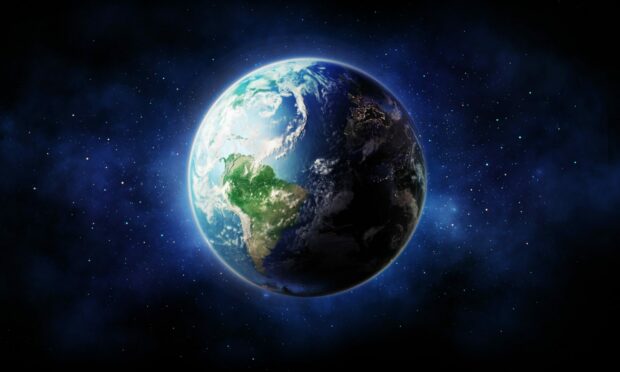

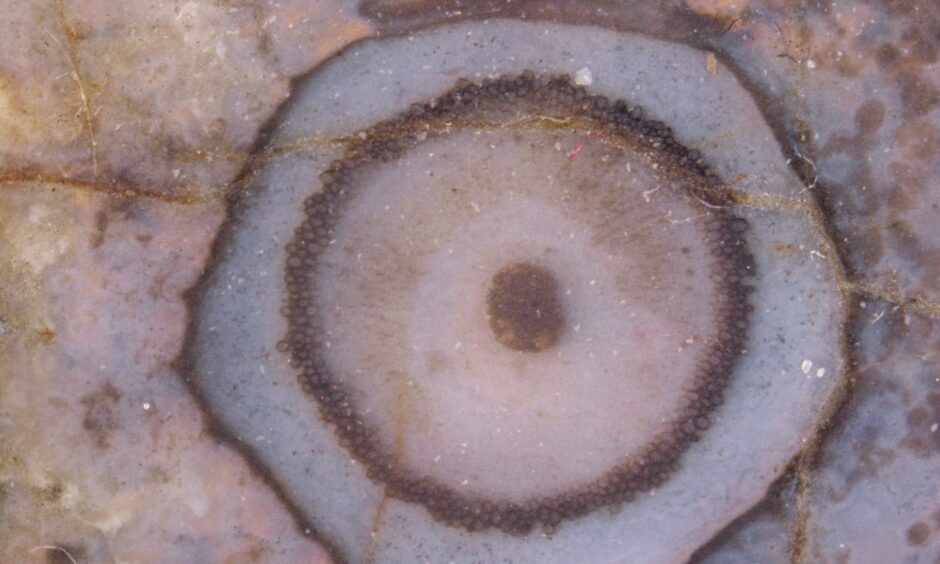
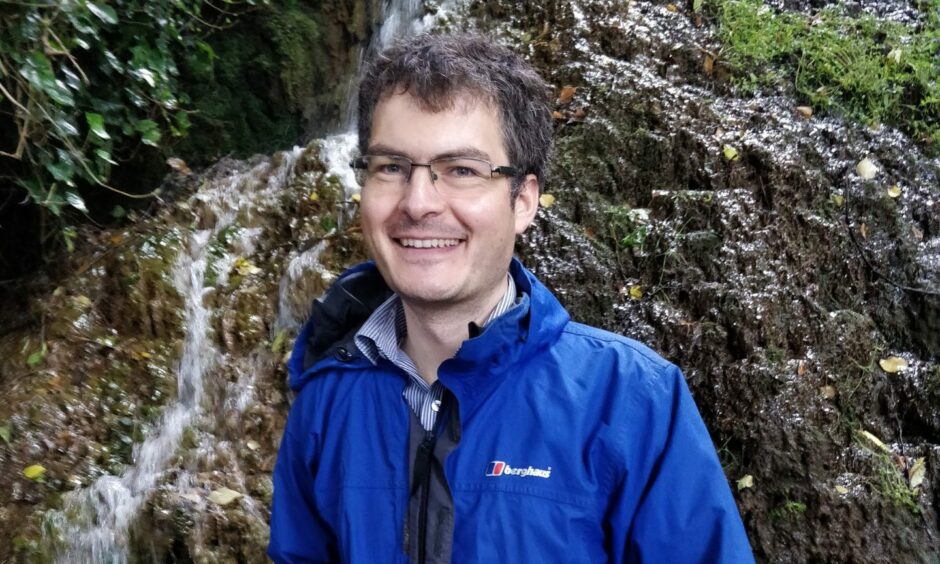




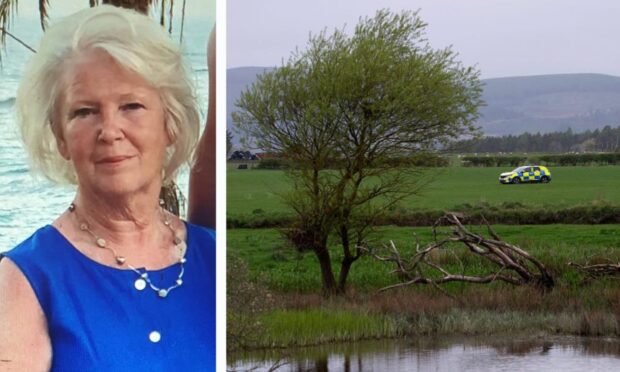



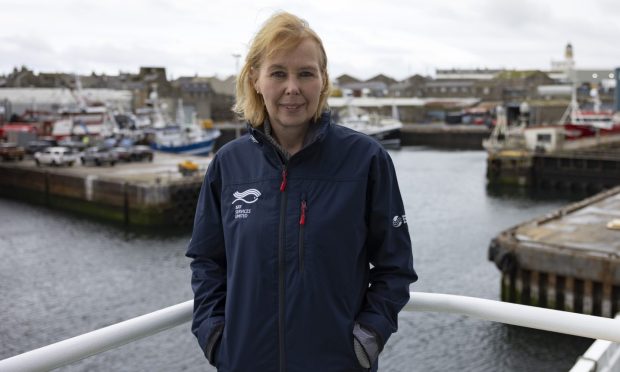

Conversation